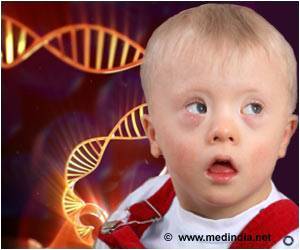Even when using very sensitive methods, there are no cell lines with chromosomal aberrations in IVF kids. Hence, in vitro fertilization does not pose any health risks to the babies to be born.

TOP INSIGHT
IVF treatment has no harmful effect on the chromosomal constitution of fetal and placental lineages.
Read More..
Prior studies have shown that similar mosaicism may also occur in naturally conceived children, but very likely, the mosaicism of IVF embryos is more common. This has given rise to hot discussions: could it pose a genetic risk to the child to be born?
In addition to the knowledge of geneticists, this kind of an interdisciplinary study required cooperation with infertility clinicians, clinical embryologists, and bioinformaticians. The current study becomes possible via an advanced computational method, called haplarithmisis. This enabled to dissect the cellular composition of the placenta and estimate maternal and fetal compartments of the placenta, allowing identification of mosaic genetic imbalances in unprecedented detail in both the child's own genome and the placental tissue.
Scientists looked at live-born children. "The implications of chromosomal instability in difficult pregnancies are still to be studied, including preeclampsia and small-for-gestational-age children that are caused by placenta malfunction," said Dr. Salumets.
Source-Eurekalert
 MEDINDIA
MEDINDIA




 Email
Email








